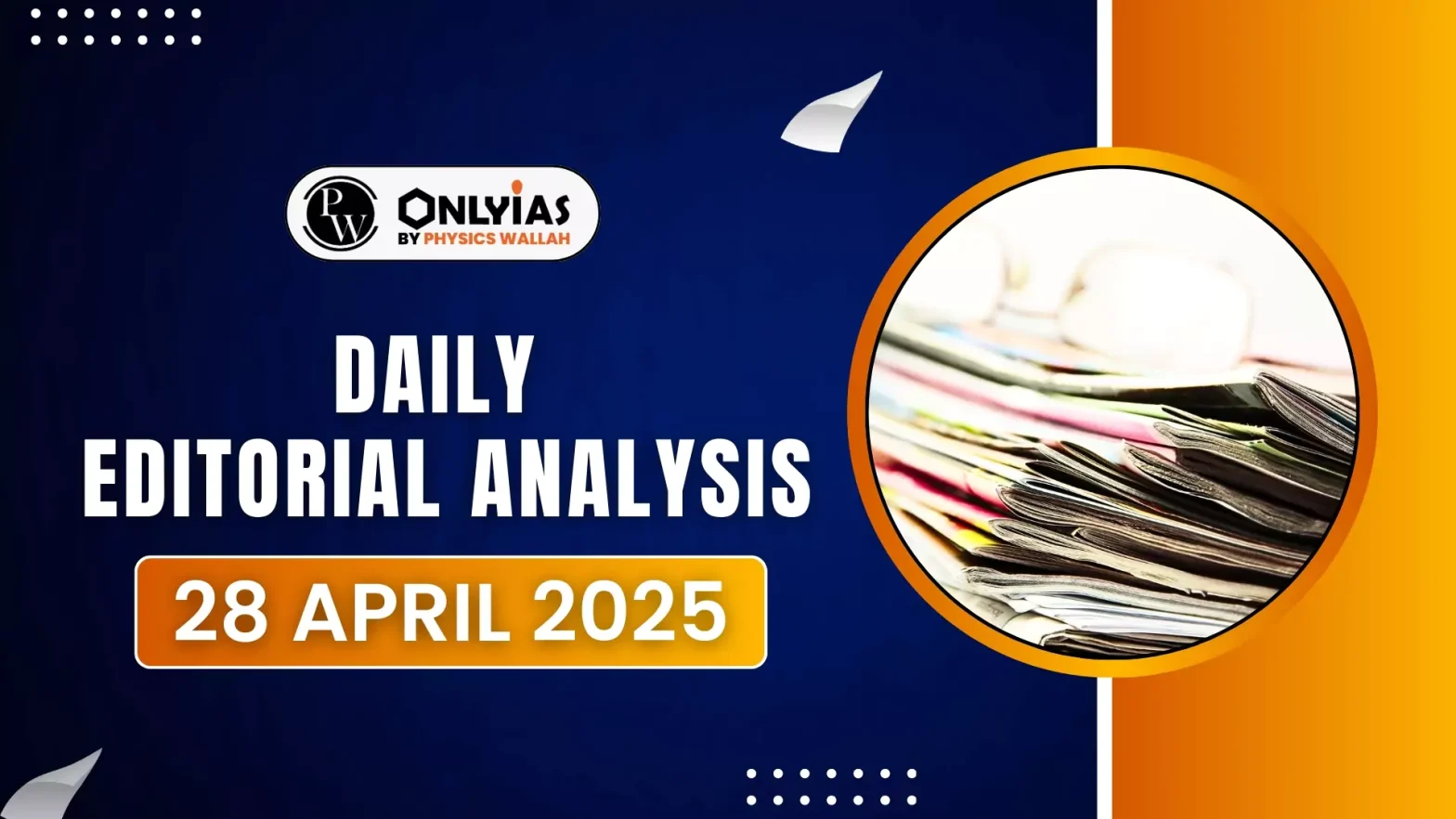Recent calls for privatisation of Indian Railways aim to address inefficiencies, outdated infrastructure, and high operating costs
Privatisation under PV Narasimha Rao
- Economic Reform (1992): The Indian economy underwent a transformational reform under Prime Minister PV Narasimha Rao in 1992.
- Privatization: A stagnating economy burdened by inefficient public sector institutions was liberalised through systematic privatisation.
- End of License Raj: The infamous License Raj came to an end, ushering in a new era of economic freedom.
- Criticism: Although criticisms exist about the slow pace of privatisation, the benefits are undeniable — for instance, the transformation of airports post-privatisation.
Challenges Associated with Indian Railways
- Lack of Transformation: Despite liberalisation elsewhere, Indian Railways remains frozen in a time warp.
- Except for a few modern developments like the Vande Bharat trains and renovated railway stations, the majority of Indian trains still mirror conditions from the 1970s or earlier.
- Monopoly: Indian Railways continues to enjoy an absolute monopoly, unmatched by any other sector in India. The absence of real competition has led to stagnation and inefficiency.
- Outdated Stations and Overcrowding: Typical scenes at railway stations reflect an era of black and white films , flickering lights, families crowded together, and a lack of order and safety.
- Delays: Frequent delays, overcrowded coaches, and outdated facilities dominate the experience. Resilience of the network is near a breaking point.
- Ticketless Travel: Obtaining a reserved seat on major routes has become nearly impossible. Even with a ticket, there is no guarantee of seat availability, and ticketless travel has become the norm.
- Alarming Operating Ratio: The operating ratio — the percentage of revenue spent on operations — is unsustainably high. As of 2024, the operating ratio stood at 98.43%, meaning Indian Railways spends over ₹98 for every ₹100 earned.
- Subsidies: Indian Railways recover only about 57% of operating costs through ticket sales. Passenger trains run at a substantial loss, with freight charges used to cross-subsidise passenger services.
- Shift Towards Road Transport: Due to exorbitant freight costs, road transport has become the preferred mode for goods movement, further undermining railways’ revenues.
- Outdated Infrastructure: Accidents frequently occur due to outdated tracks and obsolete equipment, raising serious safety concerns.
- Wastage of Prime Real Estate: Indian Railways, steeped in British-era traditions, continues to underutilise premium real estate across Indian towns and cities.
- Most of this valuable land is occupied by bungalows, schools, and quarters for railway staff rather than being used productively.
Concerns Regarding Privatisation
- Higher Costs: The introduction of private operators raises legitimate fears —
mainly about higher costs and reduced access for the economically disadvantaged.
- Balancing Modernisation with Tradition: However, modernisation need not mean abandoning tradition. A well-structured privatisation strategy can blend innovation with the heritage ethos of Indian Railways.
- Aviation Sector Experience: The liberalisation of India’s aviation sector in the early 2000s provides important insights:
- Proliferation of private airlines
- Improved service quality
- Better operational efficiency and connectivity
- Later Success: Though initial resistance existed, privatisation led to lower fares and enhanced connectivity — despite the later emergence of monopolies in airport operations and airlines.
Way Forward
- Recommendations for Modernisation: Commission reports like those of the Bibek Debroy Committee have consistently called for restructuring operational frameworks, increasing private sector investment and modernising infrastructure.
- New Infrastructure Model: It is high time that railway lines and stations are treated like National Highways — where the government owns the infrastructure, and private and public sector operators pay toll taxes to operate on it.
- Catalyst: The introduction of bullet trains presents a golden opportunity for Indian Railways to leap into modernisation. Fast, efficient alternatives could redefine travel for an evolving Indian economy.
- Strong Regulatory Framework: A well-defined regulatory framework can ensure accountability to safety standards and drive innovation while safeguarding public interest
- Immense Scale: Indian Railways carries nearly 67 crore passengers annually —
a scale that can attract private and multinational investment if handled smartly.
- Learning from China’s Model: China’s railway reforms offer valuable lessons like separation of non-core functions and creation of a world-class network
Conclusion
Incremental changes are no longer sufficient if India aspires to catch up with China’s standards in the next five decades. A serious structural transformation, led by private sector participation and strong governance, is the need of the hour.
![]() 28 Apr 2025
28 Apr 2025

